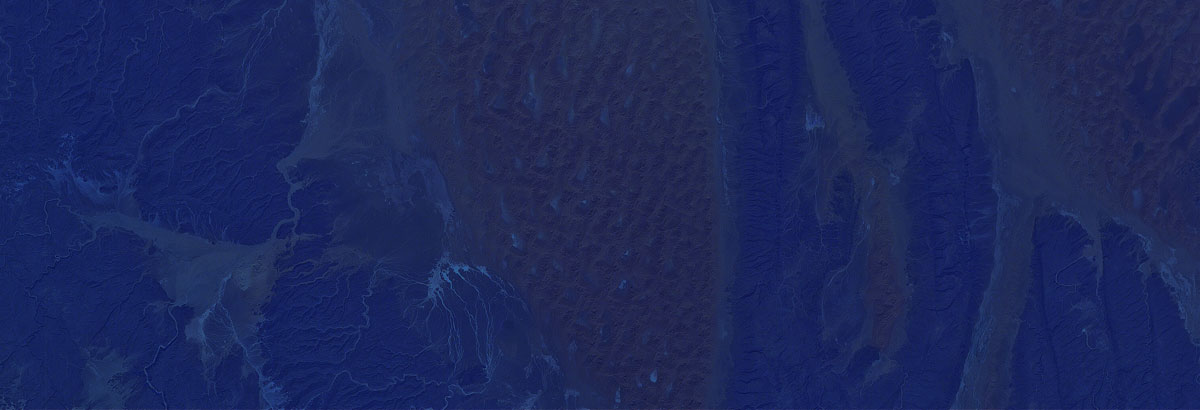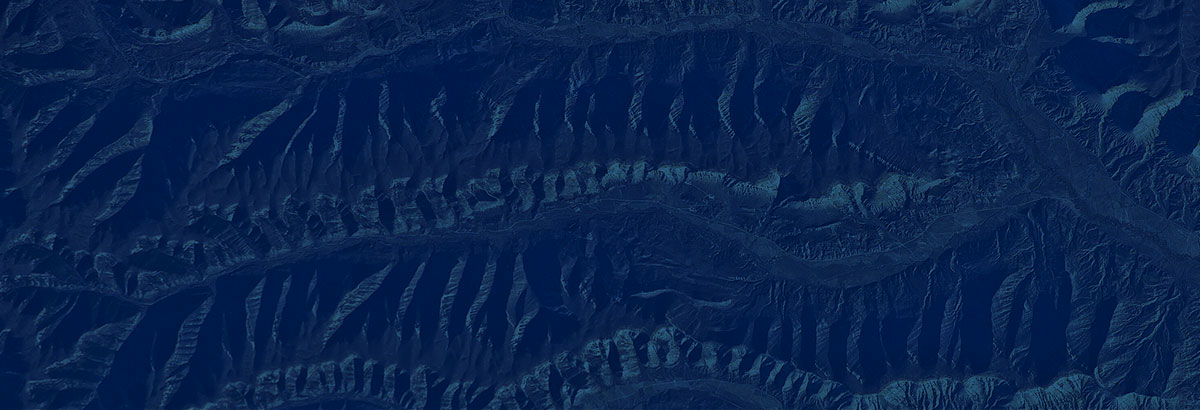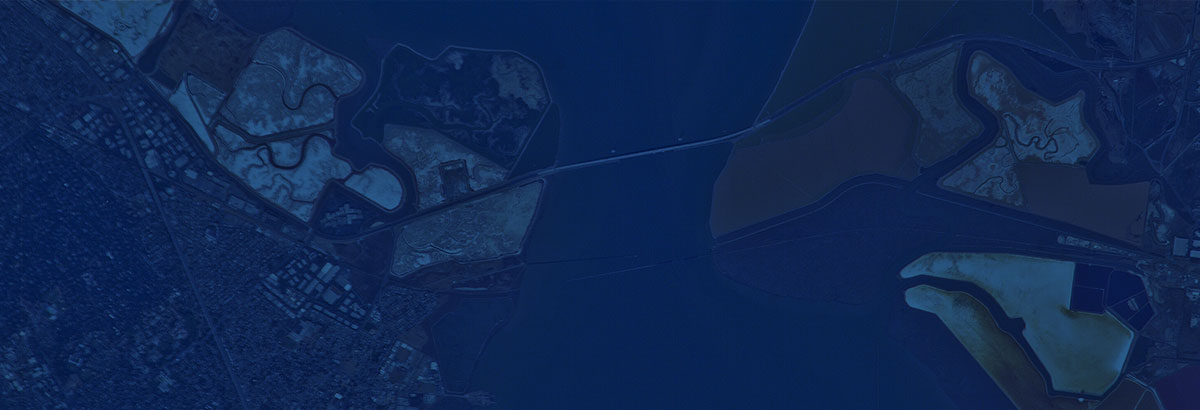B612 Looks Ahead in 2017 – Danica Remy
March 7, 2017
The field of planetary defense has grown dramatically since 2012, and the scope of B612’s activities has grown along with it. With a new year underway, I want to take a moment to recap a few milestones already achieved this year. I also want to report on our agenda and goals for 2017, not the least of which includes some major milestones with Asteroid Day, a movement I helped co-found along with B612 co-founder Rusty Schweikart, filmmaker Grig Richters and QUEEN Guitarist Brian May.
In January, Ed reported the good news that the “National Near Earth Object Preparedness Strategy” report from the White House National Science and Technology Council (NSTC) presented a list of strategic goals to address the risk of large asteroid impacts. We agree with these goals, especially the first goal which clearly names early detection as the first priority for planetary defense (You can read our full statement on our blog). The fact that the U.S. government is taking the asteroid threat seriously is a good first step, but details regarding implementation will not be known until a later “Action Plan” is released.
We are urging the new administration to consider a directed program for an asteroid hunting infrared space telescope not only for its scientific value, but for reasons of public safety and homeland security. While NEOCam was not selected for flight in the NASA Discovery process, it did receive an additional year of funding, known as an extended Phase A study. This extended funding will maintain the NEOCam technical team and hopefully allow NEOCam to proceed as a directed mission next year.
There has been a noticeable shift in the attitude towards asteroids and planetary defense brought on by increased awareness of NEOs and the risks they present. B612, we believe, has played a vital role in this increased awareness, both through our years of hard work and, more recently, its leading role as a founding partner of Asteroid Day. Just a few months ago, the United Nations recognized June 30th, Asteroid Day, as an international day of awareness. On February 14th of this year, the day before the 4th anniversary of the Chelyabinsk meteorite airblast of 2013, B612 participated in a global press conference from Luxembourg discussing Asteroid Day 2017.
At the press conference, we were pleased to report that Asteroid Day has expanded to include an estimated 700 independent events worldwide. We also announced a 24-hour live broadcast of Asteroid Day activities and educational programming made possible by OHB SE and SES, who are joining us as sponsors of Asteroid Day. Broadcast Centre Europe (BCE) will be the official production studio for Asteroid Day Live, and will be hosting us from their new studios in Luxembourg. OHB SE and SES will be joined by Cisco as an Asteroid Day Sponsor, and The Discovery Channel will promote asteroid-related programming for the four weeks leading up to the big day.
On the tech side, our work on two key programs we’ve previously reported on continues: ADAM (Asteroid Decision Analysis Machine) and ongoing research on a promising new technology called synthetic tracking.
Through ADAM, B612 is developing a robust, long-term solution to the challenge of asteroid threat determination by openly offering analysis tools to the planetary defense community. In making these tools widely available, the community will be able to analyze and understand asteroid threats in a way that they currently cannot do independently. This year, we are enlarging our computational astrodynamics group and continuing fundraising to support the hire of several postdoctoral fellows and a senior scientist to carry out this work.
As we have often stated, synthetic tracking technology, combined with powerful land-based telescopes such as LSST and an infrared space telescope such as NEOCam, could form the basis of the technical solution to the challenge of identifying dangerous asteroids. Synthetic tracking technology will allow us to address asteroids in the size range below 140 meters by using extremely fast data processing to compensate for the rapid motion of small asteroids (which are necessarily closer to the telescope than larger asteroids).
This year and beyond, our work will be made possible through the generosity of our supporters and innovators. As we move further into 2017, we will continue our strategy of leveraging our supporters’ investments in the best possible way – for the maximum benefit to our field and to the world as whole.















